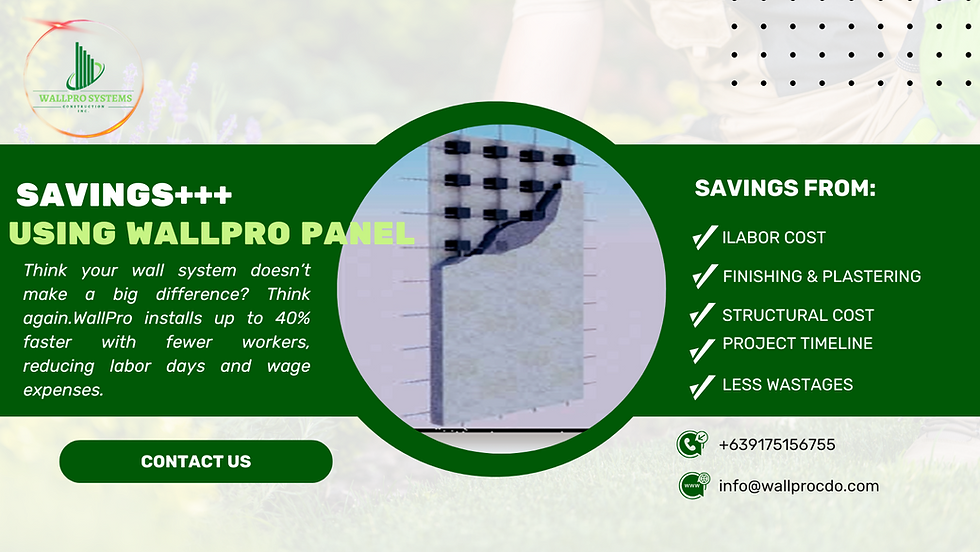PHASES in RESIDENTIAL CONSTRUCTION PROJECTS
- Gabriel Mikael
- Mar 1, 2024
- 2 min read
Residential construction involves several distinct phases, each critical for ensuring the quality, safety, and timely completion of a housing project. Here's an overview of the typical phases in residential construction:
1. Pre-Construction Phase
Initial Consultation and Planning: Meeting with architects, contractors, and other professionals to discuss the project.
Design and Architectural Plans: Developing detailed architectural designs and blueprints.
Securing Permits and Approvals: Obtaining necessary building permits and approvals from local authorities.
Budgeting and Cost Estimation: Estimating costs and setting a budget.
Site Preparation: Clearing, grading, and preparing the land for construction.
2. Foundation Phase
Excavation: Digging out the space for the foundation.
Footings and Foundation Construction: Laying the footings (support for the foundation) and constructing the foundation, which could be slab, crawlspace, or basement.
Waterproofing and Drainage: Ensuring proper waterproofing and drainage systems around the foundation.
3. Framing Phase
Structural Frame: Constructing the frame of the house, including floors, walls, and roof trusses.
Roofing: Installing the roof structure, sheathing, and roofing materials.
Window and Door Installation: Fitting in windows and exterior doors.
4. Mechanical, Electrical, and Plumbing (MEP) Phase
Rough Plumbing: Installation of pipes for water and sewage.
Rough Electrical: Laying out electrical wires, outlets, and breaker boxes.
HVAC Installation: Installing heating, ventilation, and air conditioning systems.
5. Insulation and Drywall Phase
Insulation: Installing insulation in walls, attics, and floors.
Drywall: Putting up drywall to cover interior walls and ceilings.
Initial Painting: Applying primer or first coats of paint.
6. Finishing Phase
Interior Finishing: Includes interior carpentry, installation of cabinets, countertops, and flooring.
Painting and Wallpapering: Final painting and decorating.
Exterior Finishing: Completing exterior paint, siding, and trim.
7. Final Utilities and Fixtures Phase
Final Plumbing: Installing sinks, toilets, and faucets.
Final Electrical: Setting up light fixtures, switches, and outlets.
Appliance Installation: Fitting home appliances like stoves, refrigerators, and washers.
8. Final Inspection and Closing Phase
Building Inspections: Having the construction inspected by authorities to ensure compliance with building codes.
Punch List Completion: Addressing any last-minute touch-ups or corrections.
Final Walkthrough: Conducted with the contractor to ensure everything is completed as per the agreement.
9. Occupancy Phase
Obtaining Occupancy Permit: Securing the necessary permits to legally inhabit the building.
Moving In: The homeowners can move in and begin occupying the house.
10. Post-Construction
Warranty Period: Monitoring for any issues that might arise under warranty.
Landscaping and External Works: Finalizing outdoor landscaping and external structures, if not done earlier.
Each of these phases plays a vital role in the overall construction process, and skipping any of them could affect the quality, safety, or compliance of the final structure. It's important to work with experienced and reputable professionals to ensure each phase is executed correctly.




Comments